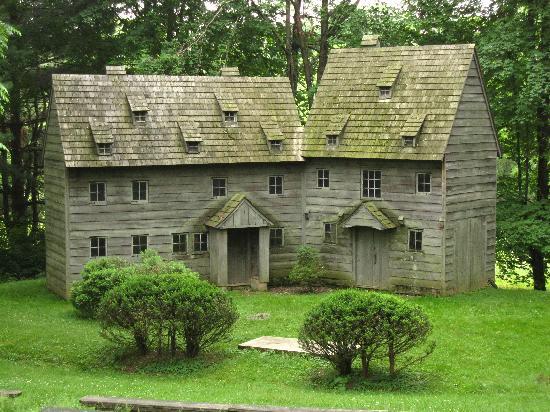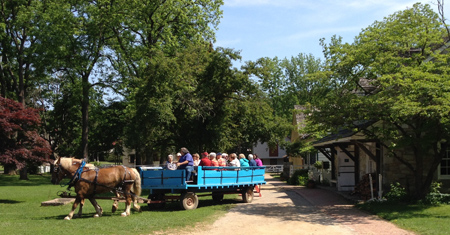Are you a history buff? Do you love traveling to explore forgotten cultures? Do you enjoy stepping into the past and learning the rich background of the area you are visiting, well then Lancaster needs to be put on your bucket list. Despite it not being adorned with castle relics or rich artwork, Lancaster is among the first settled areas in the new world. The short story goes a little something like this:
Settled in 1681 as part of William Penn’s Penn’s Woods Charter, the Lancaster town then known as Hickory Town, was eventually laid out in 1734 by James Hamilton. The name, Hickory Town, came from the large hickory tree at the center of town (very original, I know). This hickory tree was a place of worship to the Conestoga Indian tribe that inhabited the land before it was settled. Renamed for settler John Wright’s hometown in Lancashire, England, Lancaster soon became known as the “Red Rose” city and was often in competition with the neighboring city known as the “White- Rose ” town of York ( Lancashire and Yorkshire are well known feuding towns in England).
Through a series of events, Lancaster owned its first claim to fame during the Americana Revolution when on September, 27, 1777 the city town hall became the capital of the U.S. for a day. Fast forward about a century and you encounter a brutal time in Lancaster’s history when the Susquehannock tribes were in constant conflict with the settlers of Lancaster, despite most of the tribe following Christianity as their main religion. On December 14, 1763 a vigilante group, known as the Paxton Boys, targeted and massacred the remaining Conestoga tribe members taking refuge in the Lancaster County Prison.

After this dark period in Lancaster’s history, the area needed a pick me up and that came with the construction of the first paved road, the Philadelphia and Lancaster Turnpike- this road allowed masses to flow in and out of the Lancaster county area along with an increase in trade products. Some notable downtown Lancaster properties that can still be visited today, include Steinman’s Hardware (the oldest hardware store in the United States- known for working on the Conestoga Wagon and the PA Long Rifle- now The Pressroom Restaurant), Watt and Shand Building (ran as a department store from 1878-1995), and the Central Market (longest running farmers market in the U.S. – started operating in 1889).

Steinman Hardware
If you move outside of the downtown Lancaster area, you will continue to find a rich source of history. Located 2 minutes from F&M College, you can find the home and estate of President James Buchanan. Buchanan occupied the Wheatland estate from 1861 after he retired from the political element and stayed there until his death in 1868. Despite his low popularity among the presidents of his time, Buchanan’s estate is not something to miss when you go to Lancaster. You can visit LancasterHisotry.org to find more information on times and tickets for the estate and connecting galleries.

PA Long Rifle

Wheatland Estate
Other stops for the history buffs include Rock Ford Plantation, home to Edward Hand, the Adjutant General to George Washington during the Americana Revolution. Also, don’t miss Landis Valley Village & Farm Museum and the Ephrata Cloister if you are looking for a more interactive experience.

Rockford Plantation

Ephrata Cloister

Landis Valley
All of this history is less than 20 miles from the 1777 Americana Inn Bed & Breakfast, making our Inn the ideal location for those who love history and want a fun-filled weekend exploring Lancaster. Despite, being Berks county natives, innkeepers, Denise and Bob Harter, are a wealth of knowledge when it comes to the Lancaster area. So after you book your reservation at one of our beautiful 6 rooms, shoot them an email or pop into the on-site brewery (Black Forest Brewery) upon your arrival and pick their brains on making your weekend as memorable as possible!




